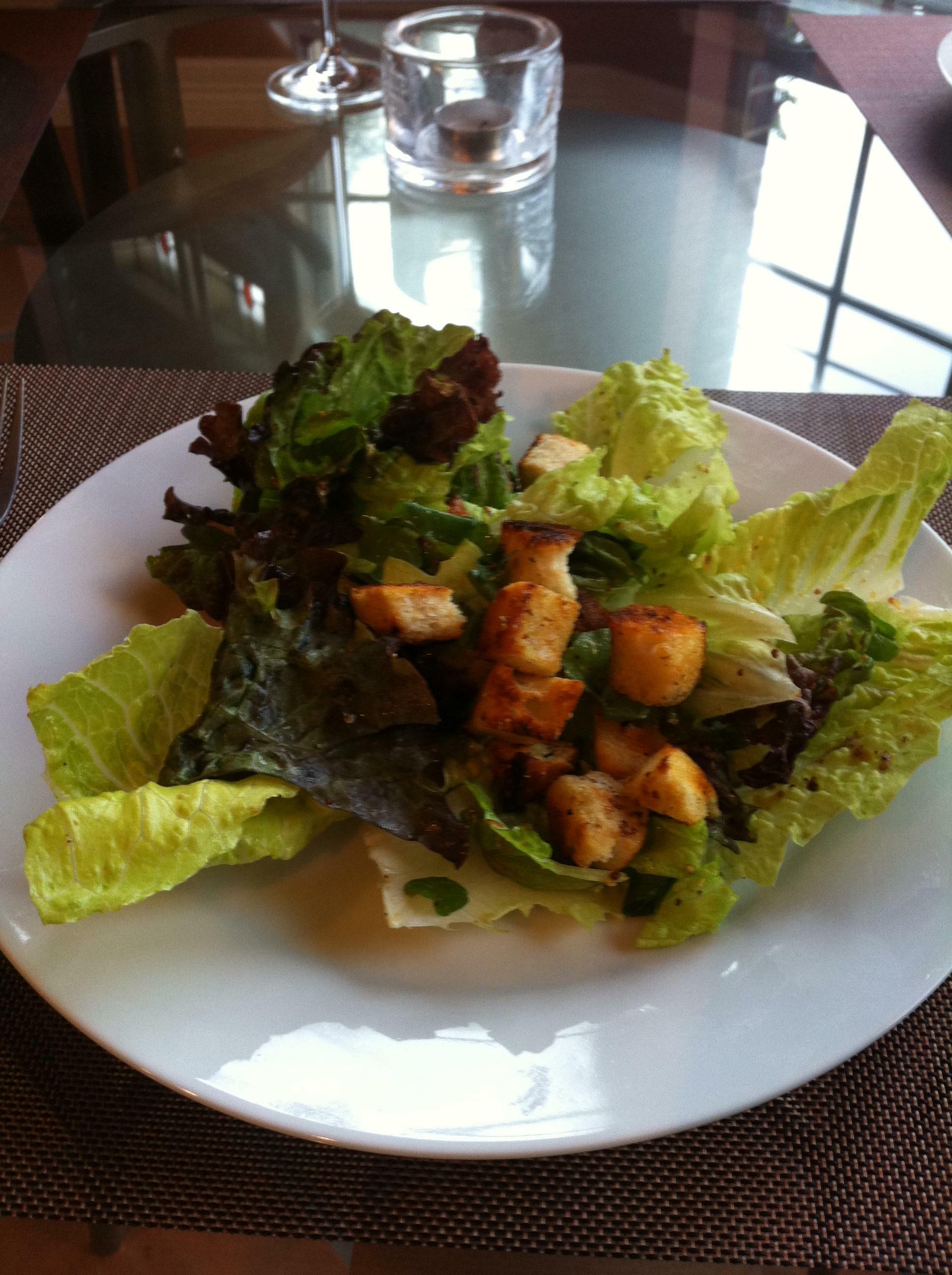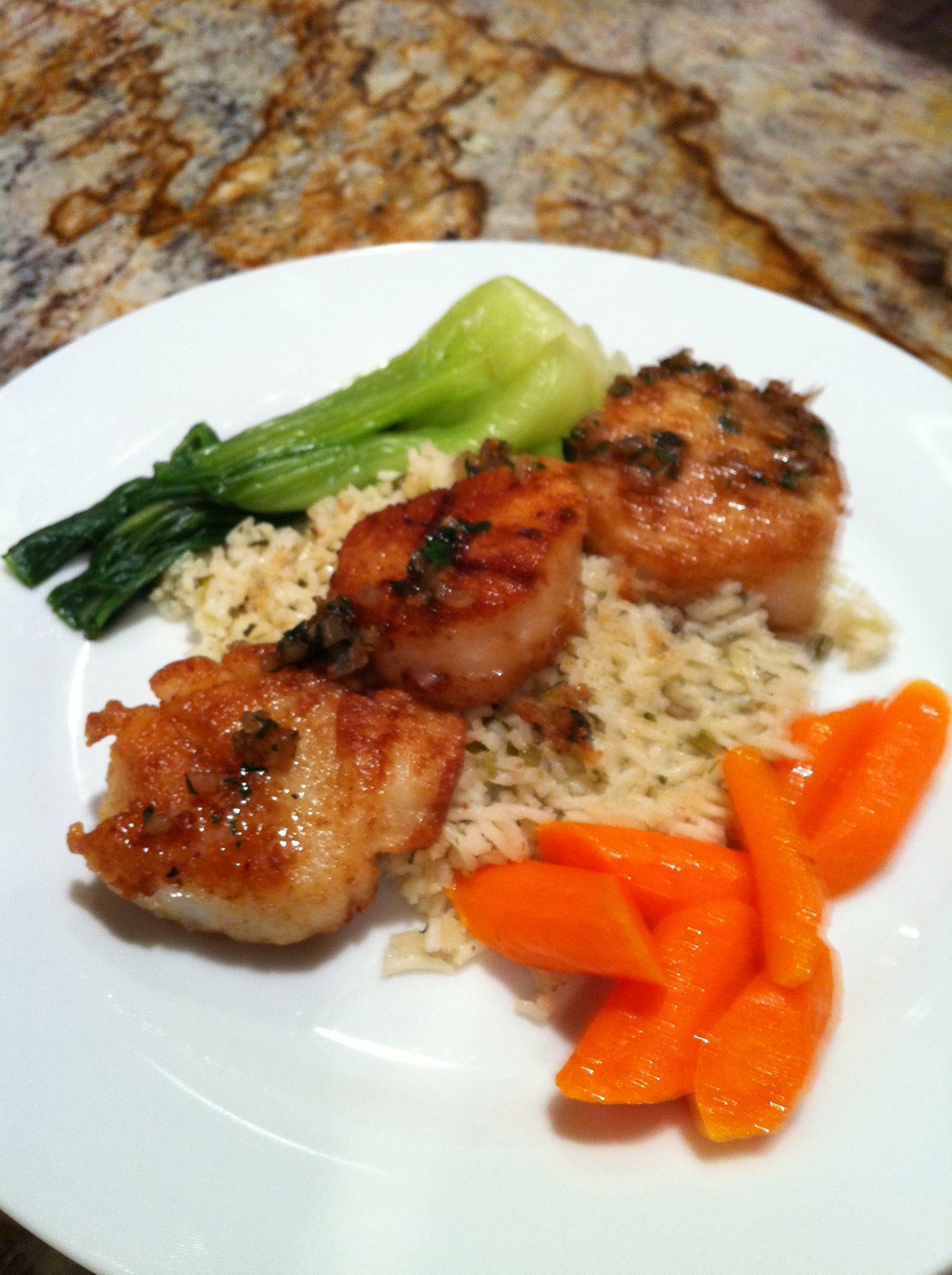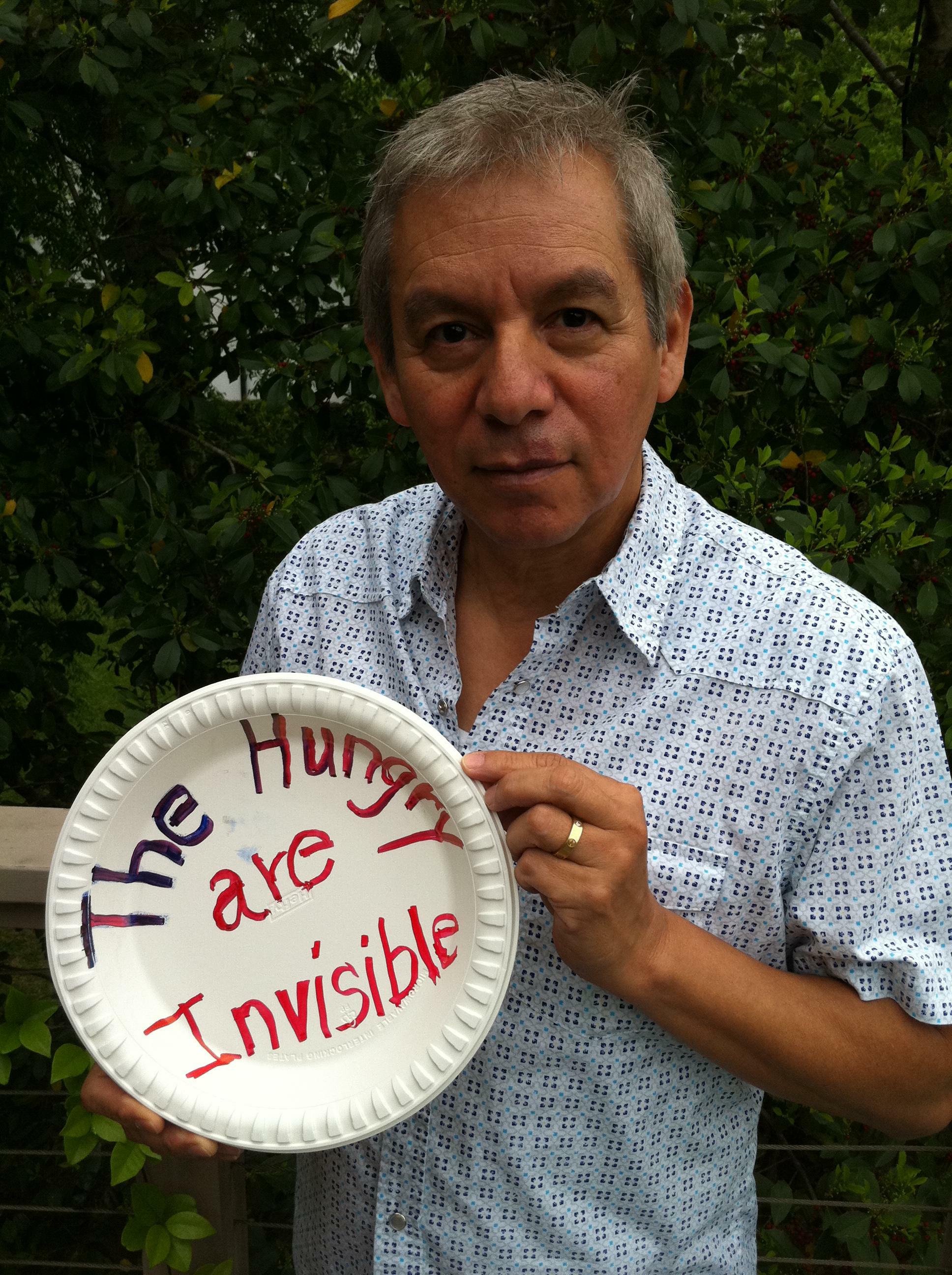This San Antonio tamale recipe was taught to me by my sister, Esther M. Martinez, who learned it from our mom, Dominga M. Medrano, who learned it from her mom, María Victoria Vargas, and so forth. Esther also learned aspects and nuances of tamales from her mother-in-law, Antonia O. Martinez who learned from her mom, Florencia C. Ortega. These tamales differ from tamales of Northern Mexico in flavor and texture. We add hot fat rather than whipped fat and thus produce a more substantial bite. We also don't use oregano in the spice profile, leaving it to the chiles to play an unaccompanied role, nor do we roast the chiles.
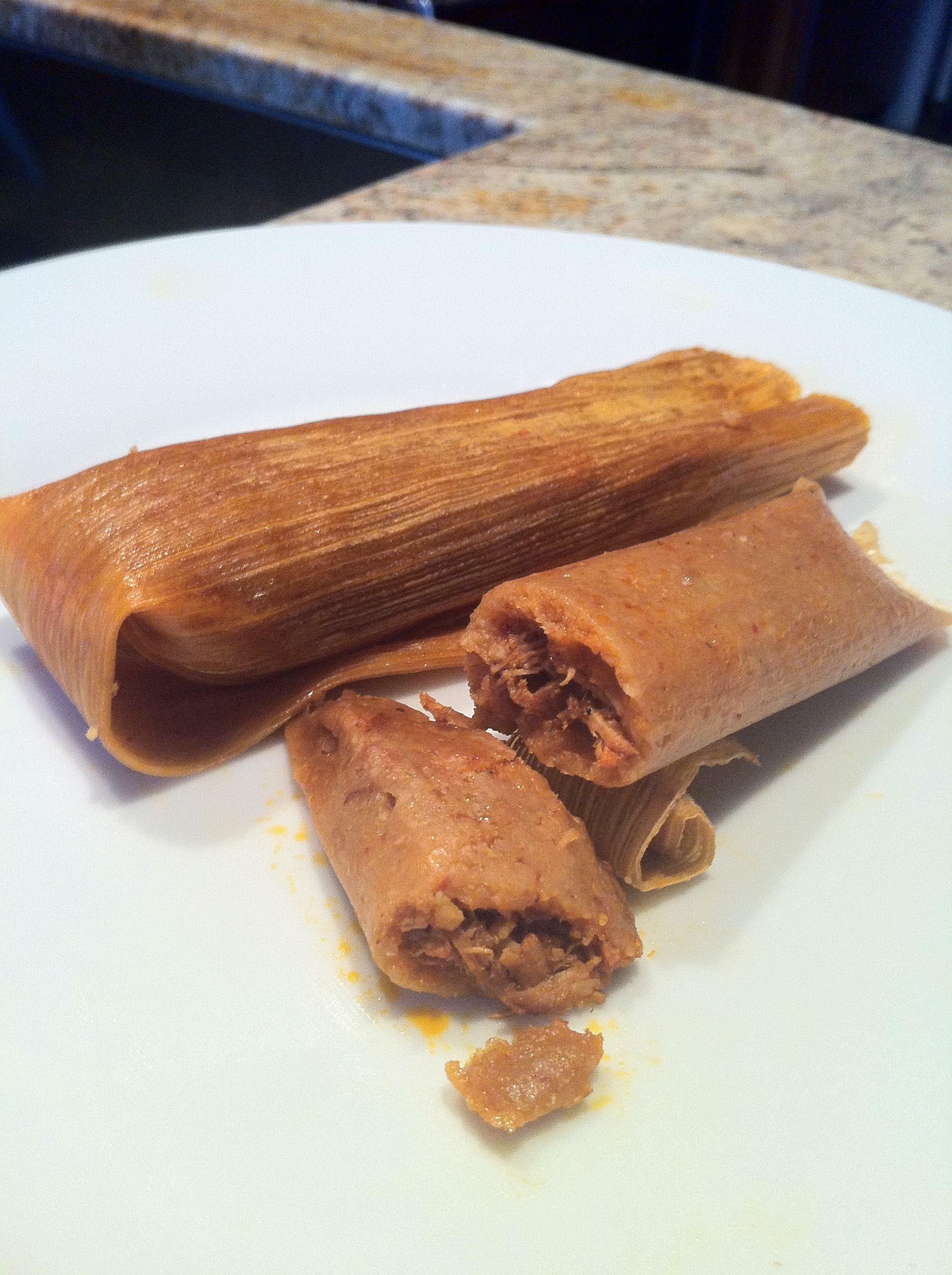
Trade routes flourished among native peoples before the arrival of the Europeans. From Central Texas down to Southern Mexico, communication and travel promoted the exchange of recipes for corn, chiles and other foodstuffs. All regions had tamales but each in their own style. 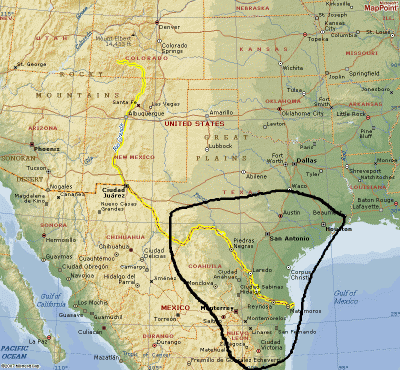 Our region is called the Coahuiltecan Region (Just N & S of the Rio Grande River) and I'm proud to say that our indigenous recipe is as delicious as ever!
Our region is called the Coahuiltecan Region (Just N & S of the Rio Grande River) and I'm proud to say that our indigenous recipe is as delicious as ever!
Recipe for the Masa -- makes about 12-15 tamales
Ingredients
1 lb masa for tamales. This is a coarser grind than masa for tortillas.
1/2 cup canola oil. This is updated, of course, since our mom used rendered pork fat, lard. But it is also a recapturing of our pre-European roots since lard is a Spanish contribution to native cuisines.
1 garlic clove
3 Chiles Ancho, cleaned, seeded and deveined
3 New Mexico Chiles, cleaned, seeded and deveined
1/2 tsp ground cumin
1Tbsp canola oil
3/4 cup water
1/2 tsp sugar
1 tsp salt or to taste
Method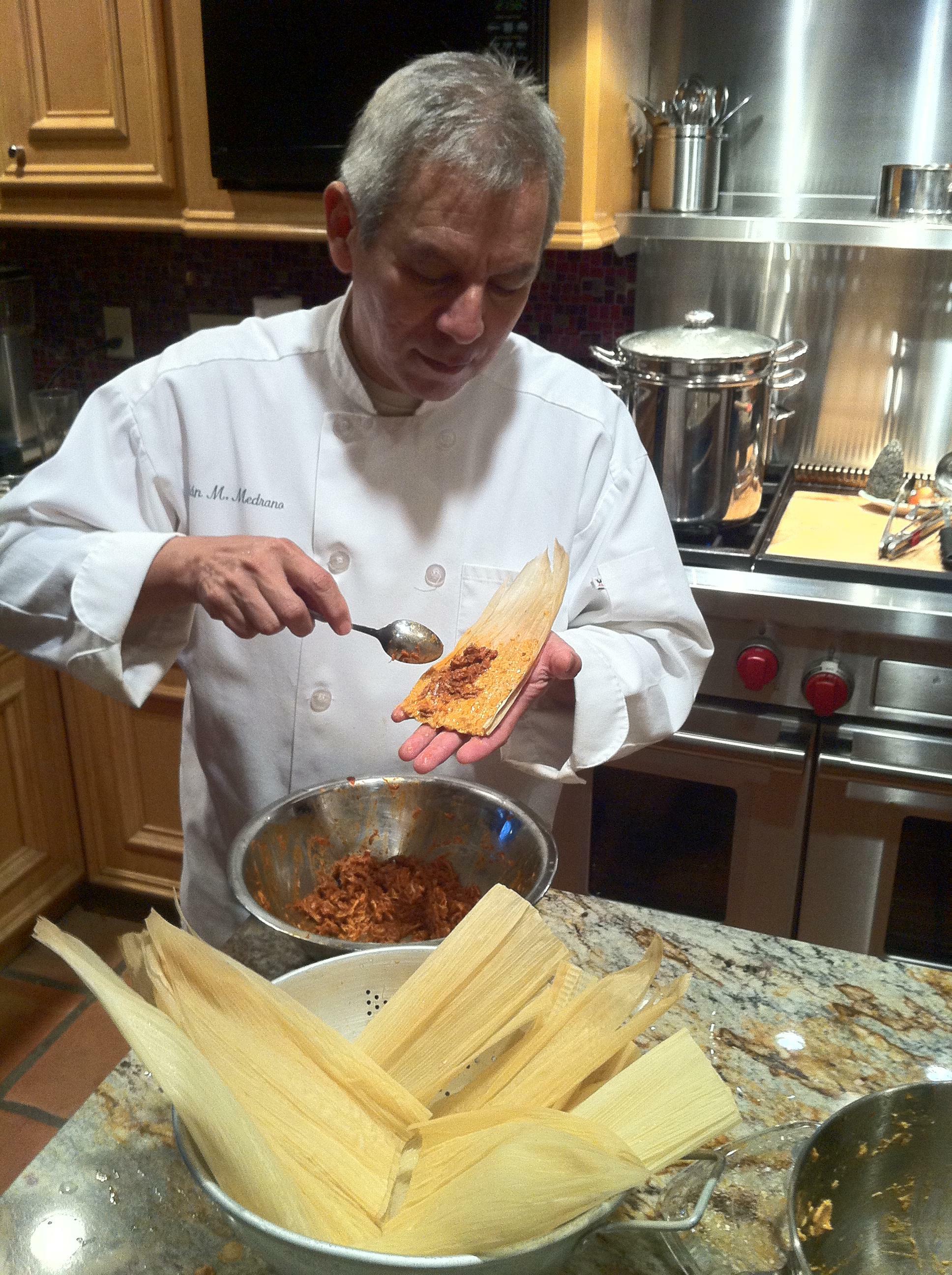
1. Cover the chiles with boiling water and boil for about 15 minutes or until they are tender.
2. Drain the chiles and place in a blender along with the garlic and cumin.
3. Blend to a very fine paste, adding water as needed.
4. In a skillet add the Tbsp canola oil and saute the chile paste until it begins to change color and most of the liquid has evaporated.
5. Add the water and simmer for about 15 minutes and then adjust the seasoning with sugar and salt. The sauce should have a complex, non-green, non-pungent flavor.
6. Either by hand or in a stand mixer using the paddle attachment, add 1/4 cup of the chile sauce to the masa and mix thoroughly.
7. In a saucepan heat the oil to the point just before it shimmers. Let it cool if necessary. Then slowly (watch out for dangerous splatter) pour it into the masa to incorporate.
8. Add water as needed to make a thick batter.
The masa can then be spread on the corn husks to be filled and steamed.
More on the variety of fillings and steaming later.
* NOTE: Although problematic, I use the term "Coahuiltecan" for the purpose of breaking away from the border-fixated term, Tex-Mex. The natives did not call themselves Coahuiltecans, since they were so many different peoples. It is researchers who used the term. But the term does give the region a place, keeping the river as a source of water and travel, not just a border. My intention is to preserve the food history of the region which predates, certainly does not exclude, the current geopolitical jurisdictions of Mexico and Texas.
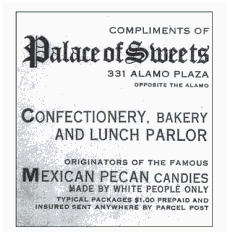 The picture above is from around 1915's -20's. It appears in the book chronicling segregation of Mexican-Americans, "A Place At The Table," by Maria Fleming (p.97).
The picture above is from around 1915's -20's. It appears in the book chronicling segregation of Mexican-Americans, "A Place At The Table," by Maria Fleming (p.97).
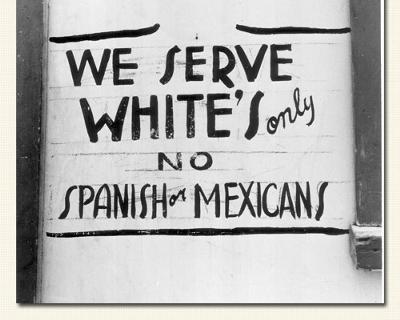 To reject each other. To celebrate each other.
To reject each other. To celebrate each other. 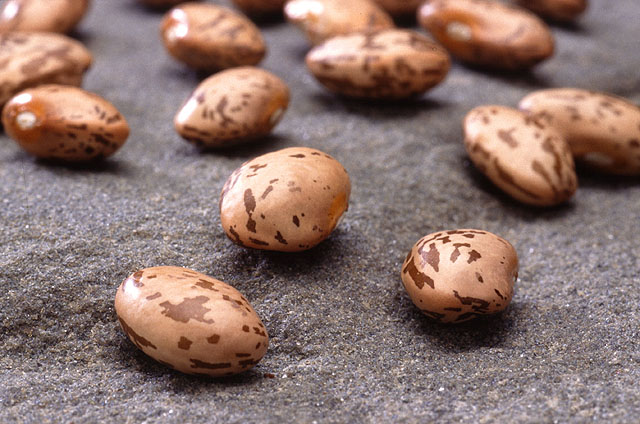 It's not that we don't think black beans are delicious It's simply that for our cuisine they are philosophically incorrect. By this I mean that they are incoherent, out of context and clash with both the techniques of cooking and the complementary flavors of local products, the terroir.
It's not that we don't think black beans are delicious It's simply that for our cuisine they are philosophically incorrect. By this I mean that they are incoherent, out of context and clash with both the techniques of cooking and the complementary flavors of local products, the terroir.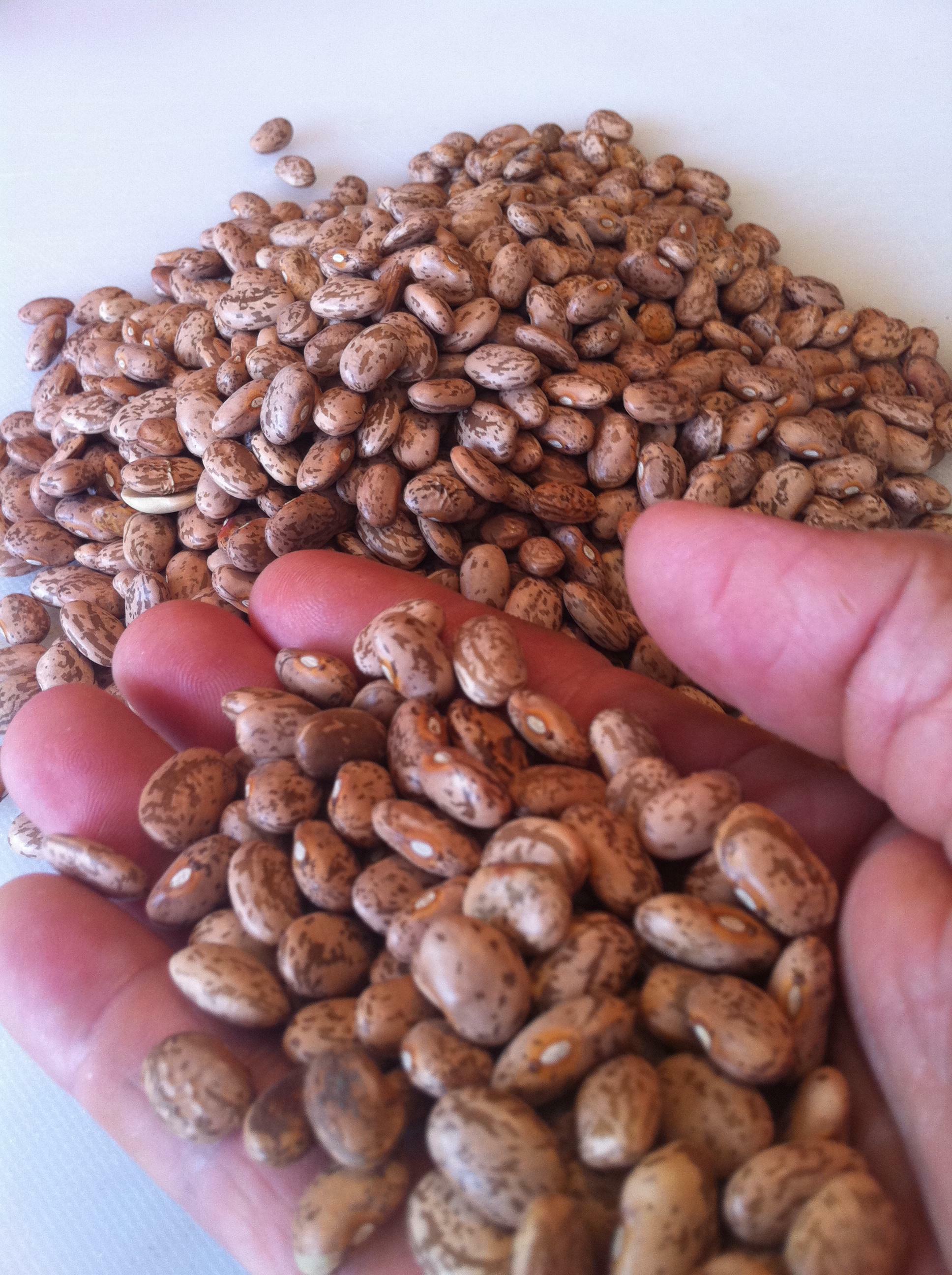 I like the following paragraph from the University of North Texas College of Arts and Sciences "The Philosophy of Food Project."
I like the following paragraph from the University of North Texas College of Arts and Sciences "The Philosophy of Food Project." 
 Our region is called the Coahuiltecan Region (Just N & S of the Rio Grande River) and I'm proud to say that our indigenous recipe is as delicious as ever!
Our region is called the Coahuiltecan Region (Just N & S of the Rio Grande River) and I'm proud to say that our indigenous recipe is as delicious as ever!
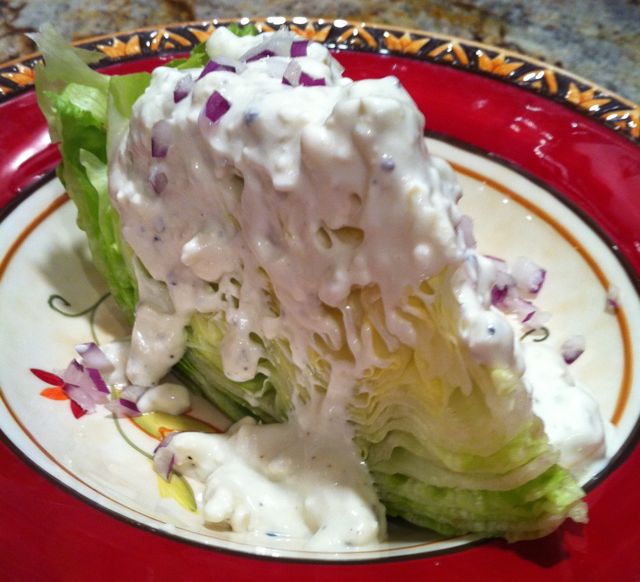 We can eat Iceberg these days, so I served my recipe last night. The Iceberg wedge with blue cheese dressing (gooey, lava-like, creamy, delectable) will take you to a place of nostalgia and hopefully solidarity.
We can eat Iceberg these days, so I served my recipe last night. The Iceberg wedge with blue cheese dressing (gooey, lava-like, creamy, delectable) will take you to a place of nostalgia and hopefully solidarity.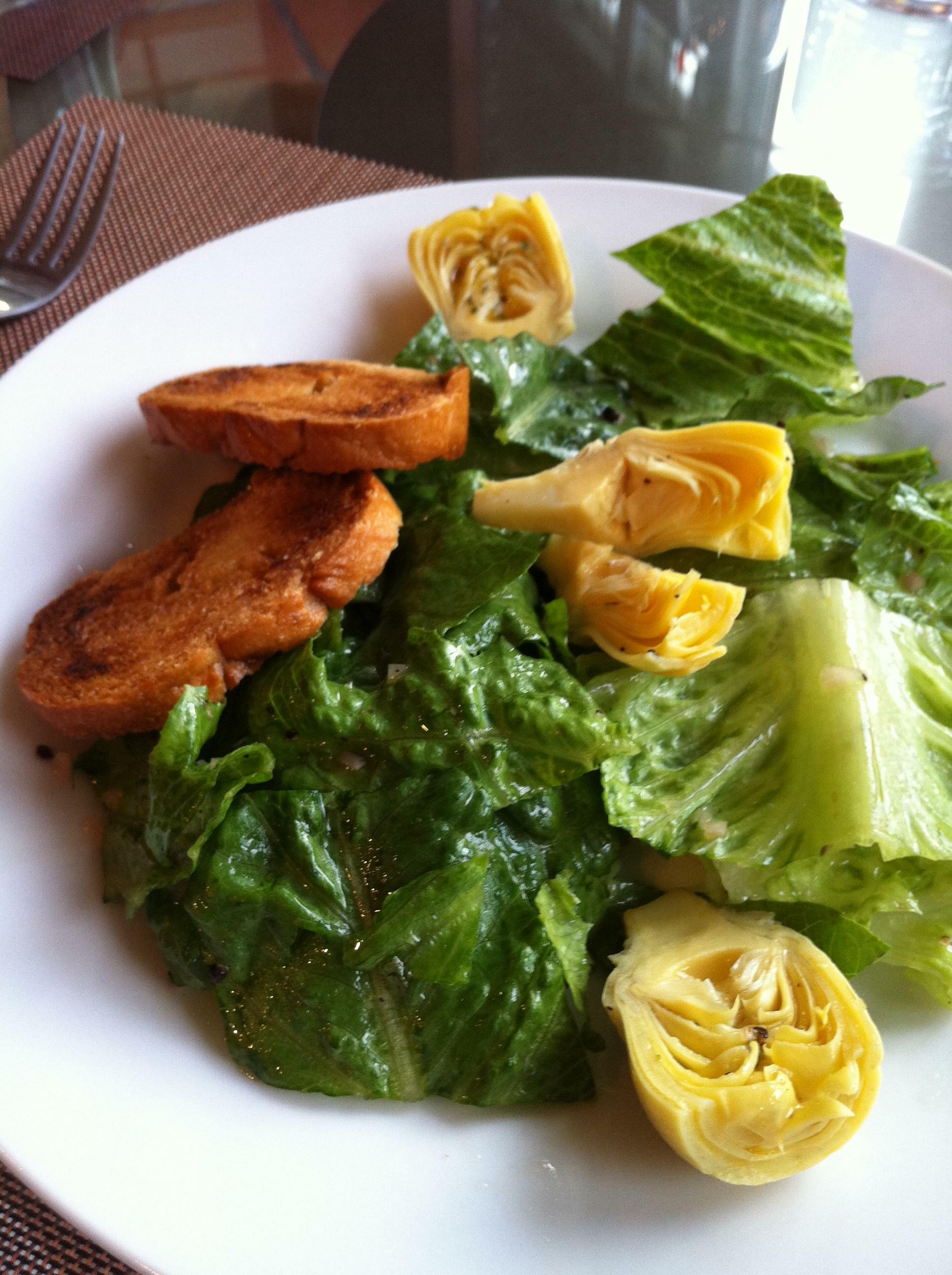 This crunchy salad gets a velvety, unctuous mouthfeel from a vinaigrette infused with chervil.
This crunchy salad gets a velvety, unctuous mouthfeel from a vinaigrette infused with chervil.